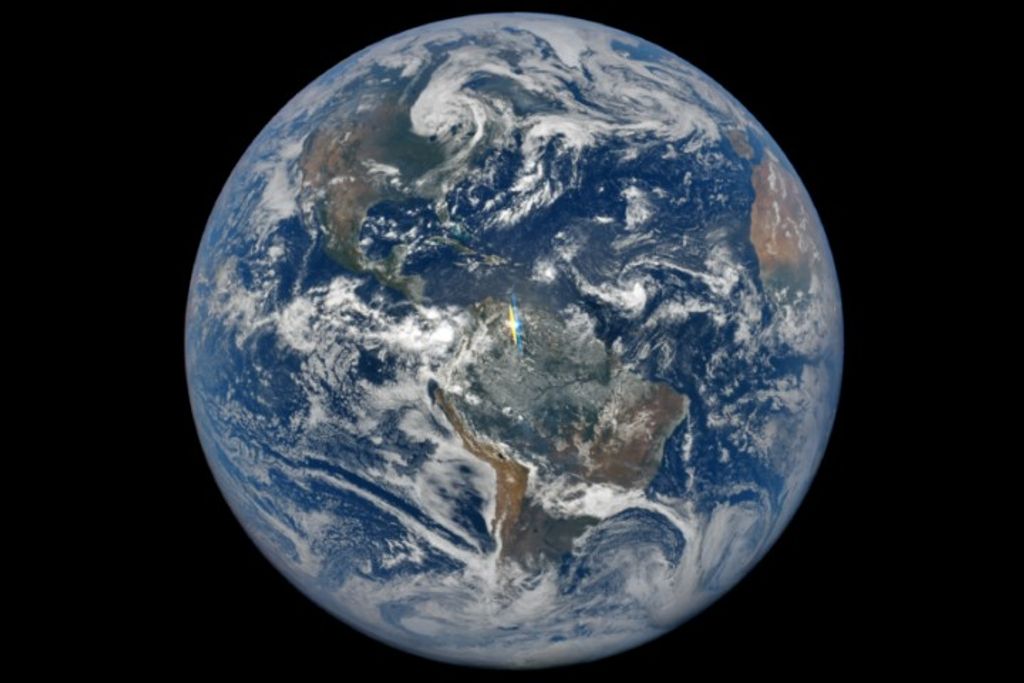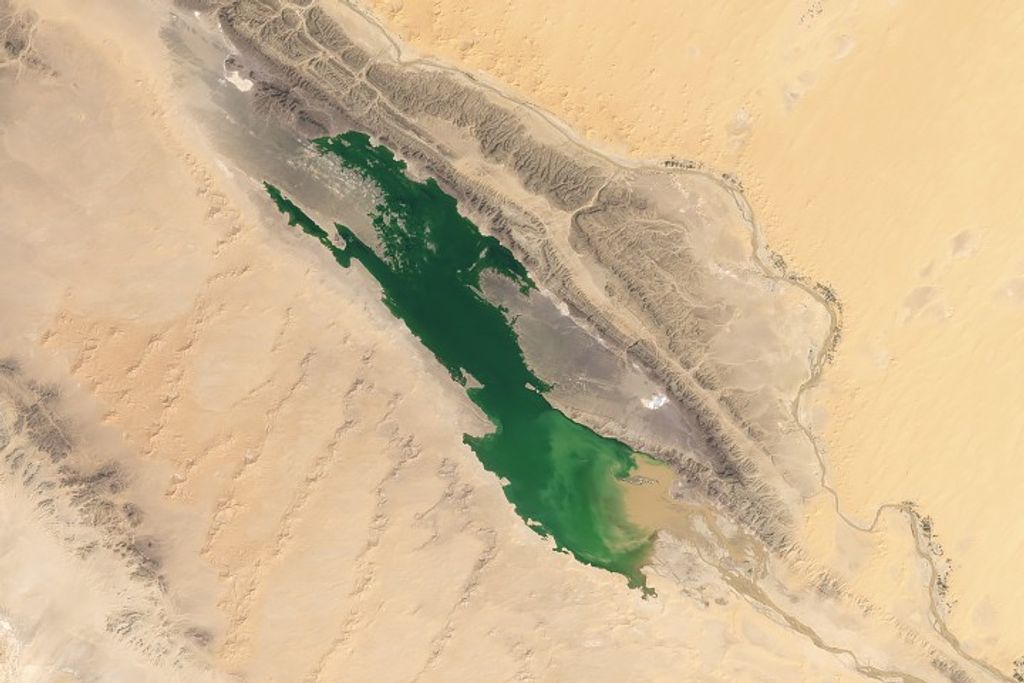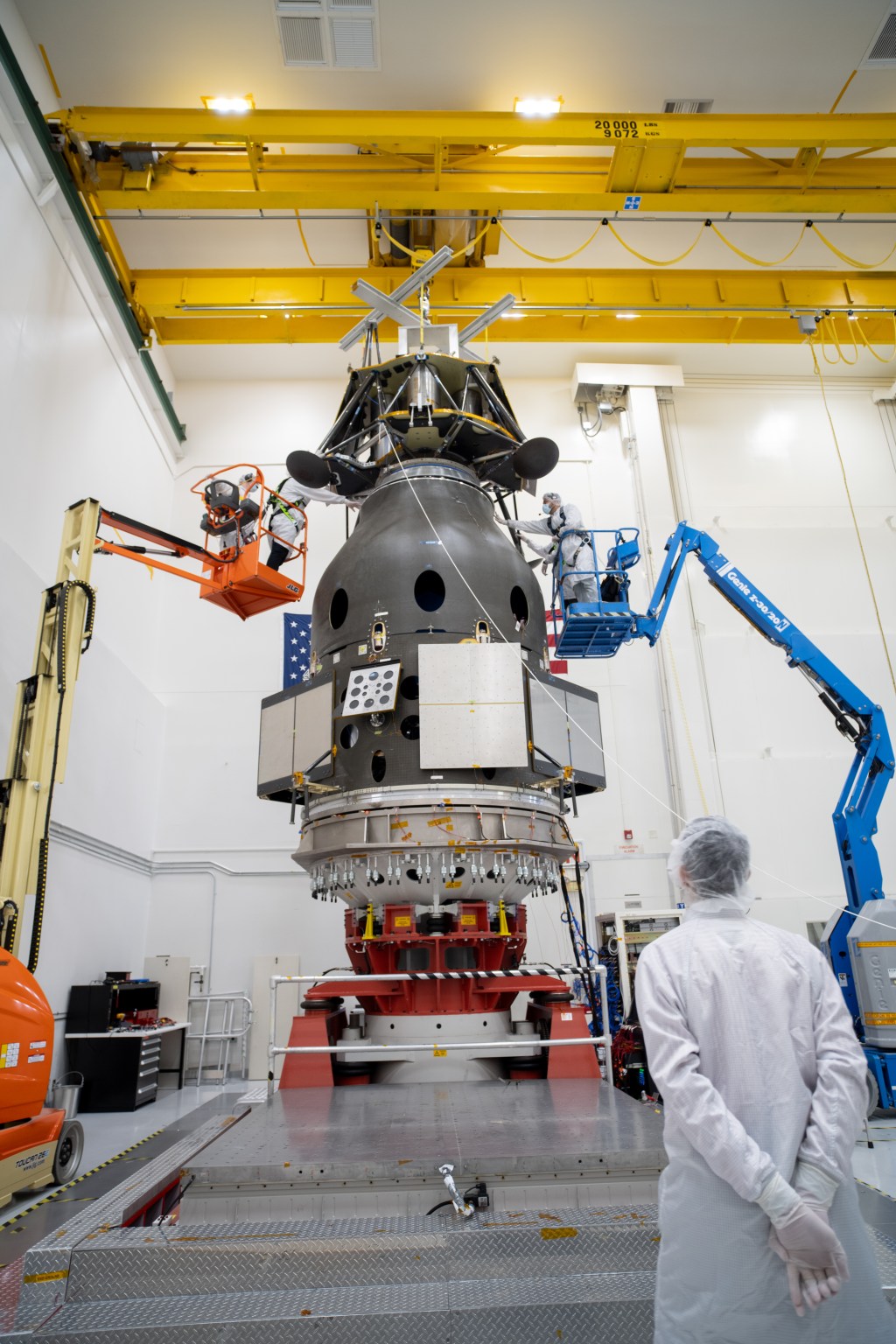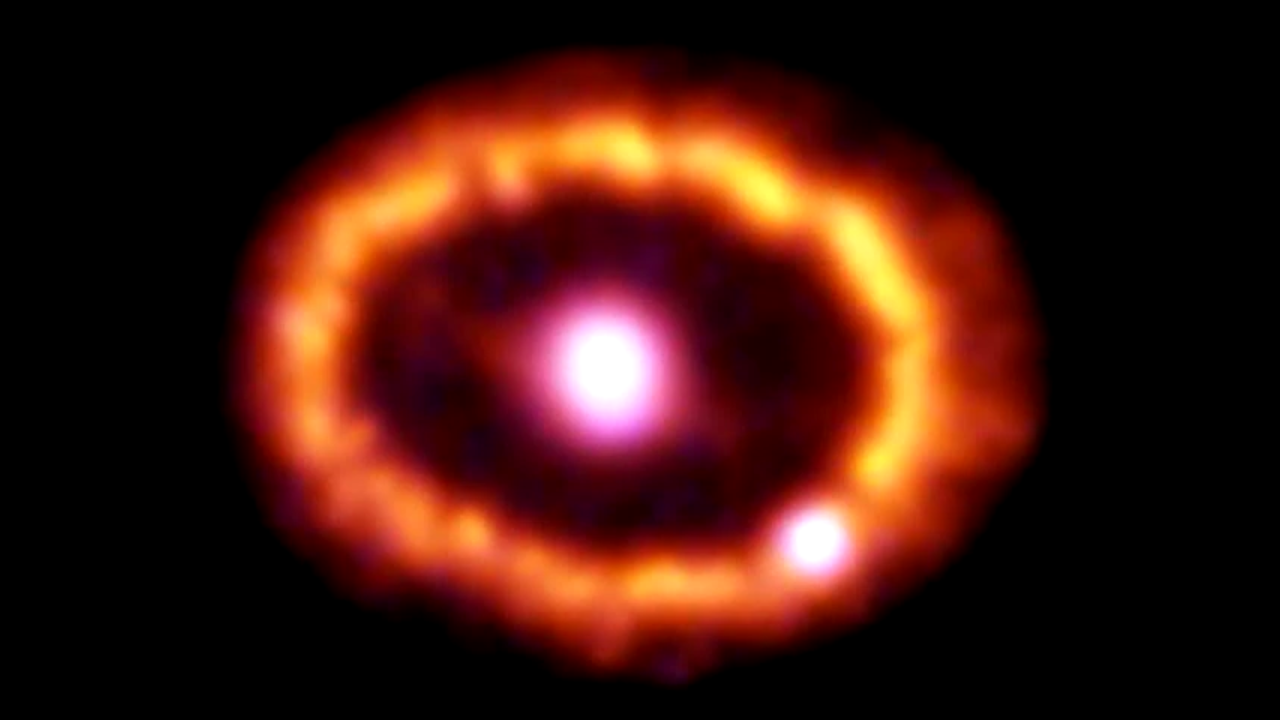1 min read
Ring Around Supernova 1987A (SN1987A) – March 5, 1995

About the Object
- R.A. PositionR.A. PositionRight ascension – analogous to longitude – is one component of an object's position.05h 35m 28.25s
- Dec. PositionDec. PositionDeclination – analogous to latitude – is one component of an object's position.-69° 16' 13.0"
- ConstellationConstellationOne of 88 recognized regions of the celestial sphere in which the object appears.Dorado
- DistanceDistanceThe physical distance from Earth to the astronomical object. Distances within our solar system are usually measured in Astronomical Units (AU). Distances between stars are usually measured in light-years. Interstellar distances can also be measured in parsecs.Approximately 160,000 light-years away (49 kiloparsecs)
- DimensionsDimensionsThe physical size of the object or the apparent angle it subtends on the sky.This image of the SN1987A ring is roughly 2.6 arcseconds wide. At the distance of the LMC, this represents 2 light-years (0.6 parsecs).
About the Data
- InstrumentInstrumentThe science instrument used to produce the data.HST>WFPC2
- Exposure DatesExposure DatesThe date(s) that the telescope made its observations and the total exposure time.March 5, 1995
- Object NameObject NameA name or catalog number that astronomers use to identify an astronomical object.SN1987A
- Object DescriptionObject DescriptionThe type of astronomical object.Supernova in the Large Magellanic Cloud (LMC)
- Release DateFebruary 19, 2004
- Science ReleaseSupernova Shock Wave Is Producing a Spectacular New Light Show
- Credit
Related Images & Videos

Supersonic Shock Wave Heats Gas Ring Around Supernova 1987A (SN1987A)
Seventeen years ago, astronomers spotted the brightest stellar explosion ever seen since the one observed by Johannes Kepler 400 years ago. Called SN 1987A, the titanic supernova explosion blazed with the power of 100,000,000 suns for several months following its discovery on...
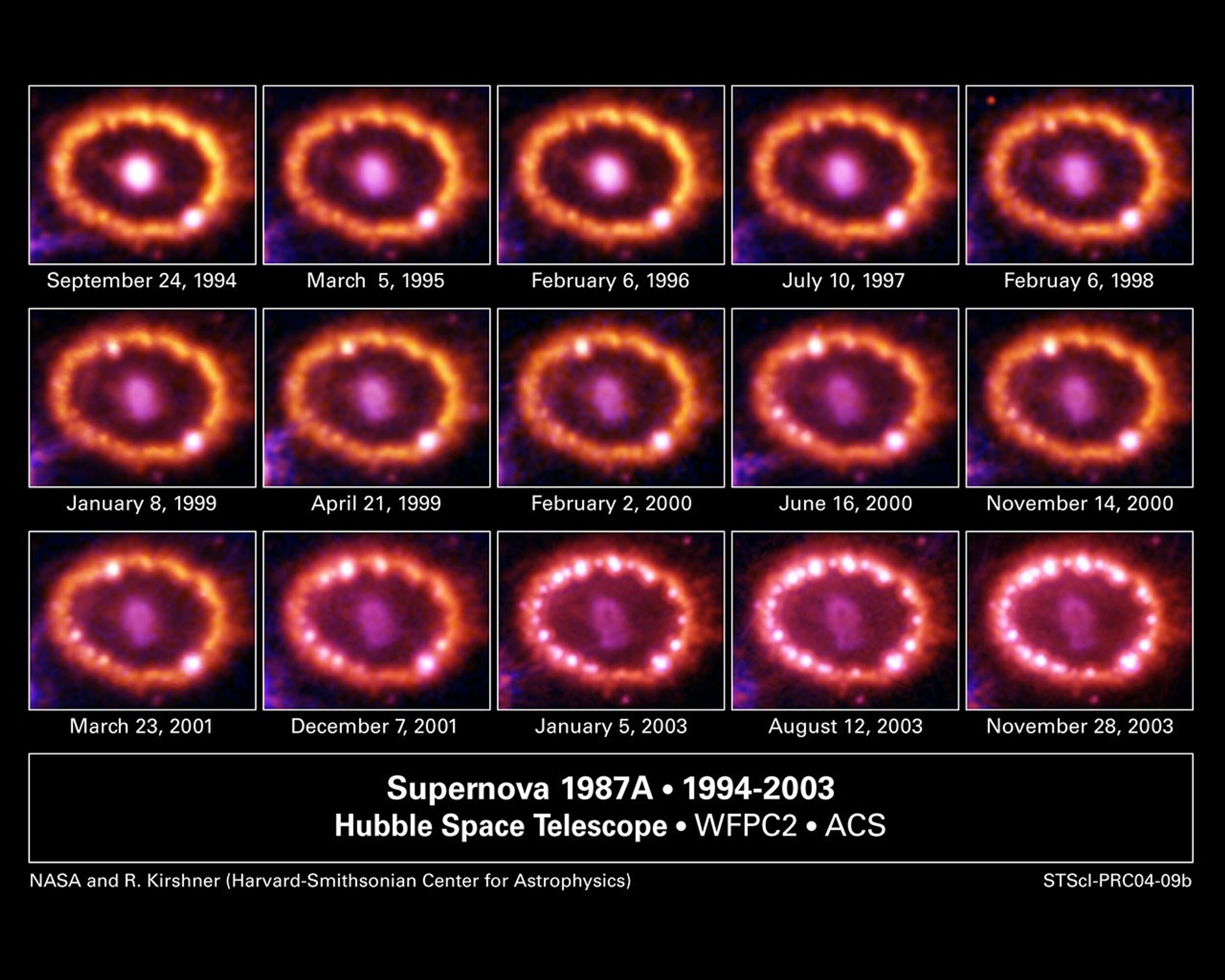
Hubble Supernova 1987A Scrapbook (1994-2003)
Since its launch in 1990, NASA's Hubble Space Telescope has watched a celestial drama unfold at a stellar demolition site. A shock wave unleashed during a stellar explosion, called Supernova 1987A (SN 1987A), has been racing toward a ring of matter encircling the blast site....
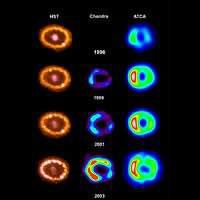
Observations of SN1987A at Different Wavelengths
Hubble's optical light observations of Supernova 1987A become even more valuable when they are combined with observations from telescopes that can measure other kinds of radiation from the exploding star. The image shows the evolving images of hot spots from the Hubble Telescope...
Share
Details
Claire Andreoli
NASA’s Goddard Space Flight Center
Greenbelt, Maryland
claire.andreoli@nasa.gov








